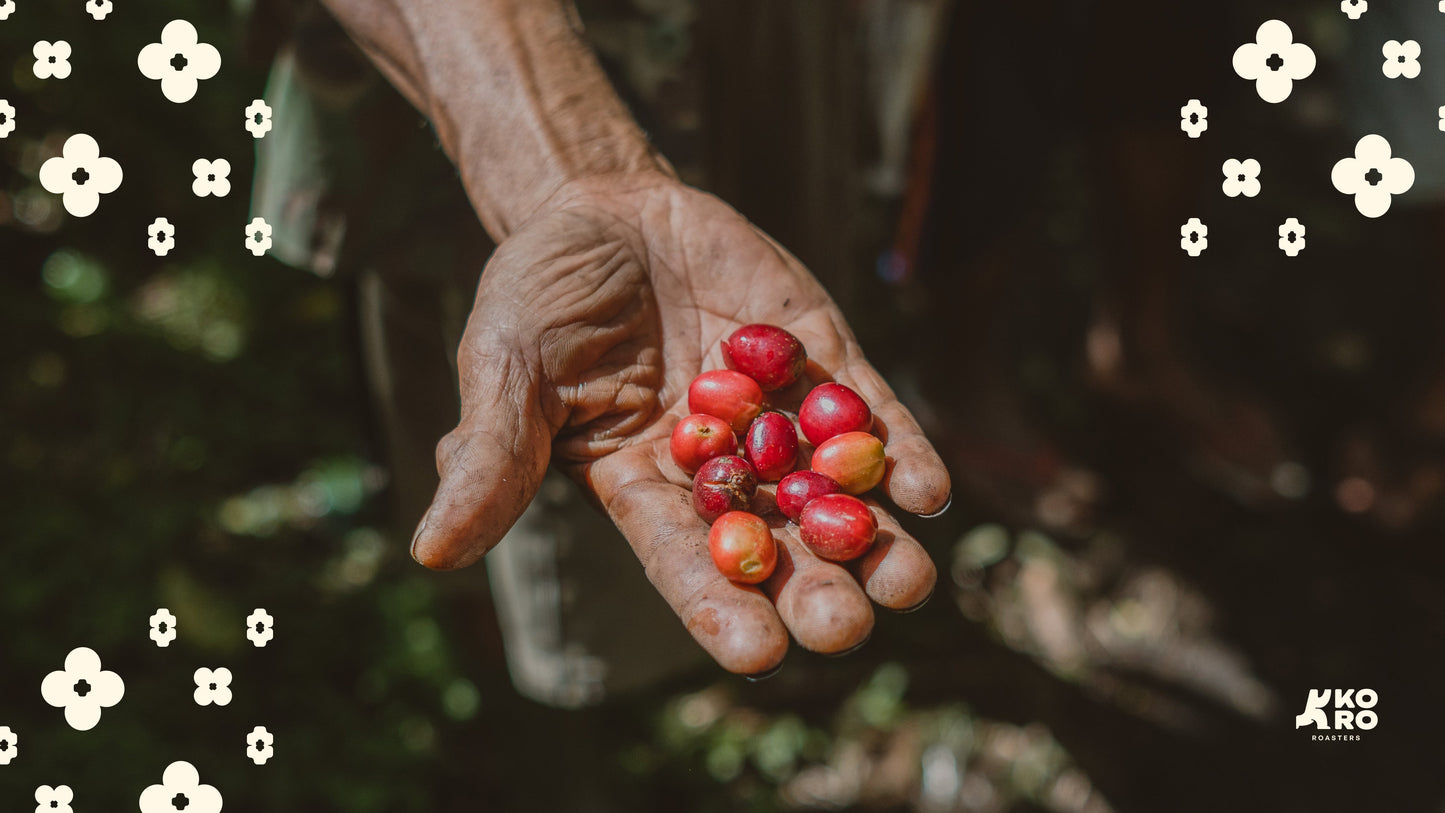Selamat datang, coffee lovers! As we approach Indonesia's 80th Independence Day on August 17, let's celebrate one of our nation's most distinctive contributions to the coffee world – a processing method that emerged from necessity and became our signature. Today, we're exploring giling basah, the wet hull process that has shaped Indonesian coffee's identity for nearly half a century.
Step into a morning in late 1970s Aceh, northern Sumatra. The afternoon rains are coming, as they always do during harvest season. A farmer looks at their freshly picked coffee cherries, knowing they need cash by week's end for their children's school fees. Waiting weeks for beans to dry in Indonesia's tropical humidity? That's not just impractical – it's impossible. From this everyday challenge emerged an ingenious solution that would forever change how the world experiences Indonesian coffee.
Flipping Coffee Processing on Its Head
If you've explored our guide to coffee processing methods, you'll know that most coffee processing follows predictable rules. But Indonesian farmers decided to flip those rules around completely.
Here's what makes the method different: In conventional processing, coffee dries in its protective parchment layer (that papery skin around the bean) until it reaches about 10-12% moisture. Only then is it hulled. But with giling basah, farmers remove this parchment while the beans are still wet – at 30-50% moisture content.
In local terminology, the soft, swollen parchment coffee at ~35% moisture is called "labu." It's like taking off a winter coat in the rain – the beans, soft and vulnerable, continue drying naked under the sun. This seemingly simple change creates the distinctive jade-blue color that coffee lovers recognize as unmistakably Indonesian.
"Wet-hulling isn't just a processing method - it's Indonesia's answer to geography, climate, and community needs"
Born from Necessity: The Sumatra Story
Travel with us to late 1970s Aceh, where practical challenges demanded creative solutions. Small coffee farmers faced daily afternoon rains even during harvest. They needed payment within days – not weeks – to support their families. Indonesia's humid climate made traditional drying methods nearly impossible.
So what did Indonesian farmers do? They innovated. They created giling basah – a practical solution that worked with nature, not against it.
But here's something many don't know: In those early days, coffee origins were completely mixed up. A beautiful lot from Flores might travel to Sulawesi, be sold as "Toraja," then ultimately sent to Medan and exported as "Sumatra Mandheling." There were even instances of beans being shipped TO Flores from Java or Sumatra just to be re-bagged and exported! The famous "Mandheling" name commanded such a premium that it became a catch-all trade name, masking the true origins of countless Indonesian coffees.
 Wet Hull beans (top) vs Washed Beans (bottom)
Wet Hull beans (top) vs Washed Beans (bottom)
The freshly hulled beans (called "asalan" when still ungraded) would be dried as green beans on tarpaulins or concrete patios. These early practices often introduced inconsistencies – the wet-hulled beans were prone to chipping, and without proper sorting, defects slipped through. What some saw as flaws, we now recognize as character. The transformation was about to begin...
Breaking Free from Stereotypes: Sumatra's Gift to Coffee
Let's be honest about something: We at Koro don't believe in regional flavor stereotypes. The idea that all Indonesian coffee tastes "earthy" or "musty"? That's as outdated as saying all rendang tastes the same across Indonesia.
Sumatra alone accounts for 60-70% of Indonesia's coffee output, with the vast majority of its arabica processed using wet hulling. The classic "Sumatra Mandheling" flavor – intensely aromatic, with a syrupy mouthfeel and cedar, tobacco, or spice-like notes – is largely a product of wet-hulling combined with the island's wet climate and coffee varieties.
Indonesia's coffee renaissance over the past two decades has shattered old assumptions. As we've shared in our Cup of Excellence success story, Indonesian producers have dramatically improved their techniques, with wet-hulled coffees scoring 85+ in competitions.
Today's wet hull process is nothing like its early versions. With better hygiene, careful timing, and thorough quality control, Indonesian farmers have transformed what was once a survival technique into an art form. Terms like "double-picked" or "triple-picked" indicate coffee that's been hand-sorted multiple times to remove defects – a Grade 1 triple-picked Sumatra will have fewer than 5 defects per 300 grams!
Great coffee speaks for itself, regardless of processing method - Indonesian producers have proven this time and again
Beyond Sumatra: Regional Wet Hull Variations
While Sumatra dominates the wet hull conversation, other Indonesian regions have developed their own interpretations:
Sulawesi's High-Altitude Refinement: In the Toraja highlands of South Sulawesi, farmers practice wet hulling at elevations reaching 1,600-2,000 meters. The result? Coffee with all the body of Sumatra but often with more sweetness and complexity – dark chocolate, forest herbs, and warm spices. Some producers now dry their parchment to 20% or even 15% before hulling, creating a cleaner profile while maintaining that characteristic Indonesian body.
Java's Dual Identity: While Java is famous for its estate-grown fully washed coffees, smallholders still practice wet hulling in certain areas. The contrast is striking – showing how processing method, not just origin, shapes flavor.
Bali and Beyond: Even smaller origins like Bali Kintamani have wet hull traditions, though many have shifted to fully washed processing. Each island adds its own twist to the technique.
Flores: Where Ancient Forests Meet Modern Innovation

Among Indonesian coffee regions, Flores tells a particularly inspiring story. For decades, this volcanic island sent its coffee elsewhere, lost in commodity blends. Remember those mixed origins we mentioned? Flores coffee was often that anonymous bean traveling under false names.
Close your eyes and feel the landscape: Mountain slopes so steep they make your legs tired just imagining them. Roads that challenge even the toughest vehicles. Remote villages where farmers carry their harvest for hours on foot. The infrastructure challenges are real.
Yet from these challenges blooms opportunity. The volcanic soils of mountains like Inerie create exceptional growing conditions. At 1200-1400 meters above sea level, the cool mountain air and rich earth nurture coffee trees that produce something truly special.
Some Flores producers now achieve excellence with both fully washed and improved wet hull methods. This transformation from overlooked origin to specialty recognition represents more than just better coffee – it's about preserving cultural heritage and creating sustainable livelihoods for farming communities.
Forest Coffee: Tradition Renewed in Bajawa
In the highlands of Bajawa, something remarkable is happening. Here, JYN Coffee has taken traditional wet hull practices and refreshed them for a new generation, creating what they call "forest coffee."
This isn't just a name – it's a way of life. The coffee grows beneath ancient forest canopy, untouched and undisturbed. No fertilizers, no pesticides – just coffee trees living in harmony with their environment as they have for generations. The millennial forest remains intact, with coffee woven naturally into the ecosystem.
JYN's approach modernizes traditional methods without losing their soul. Where farmers once used simple plastic containers, they've introduced clean practices while maintaining the heart of giling basah. It's tradition honored, not abandoned.
 Farmers at JYN Coffee
Farmers at JYN Coffee
A Taste That Tells Our Story
Our Flores Bajawa wet hull offers flavors you won't find anywhere else: Jambu Air (that refreshing rose apple we all know), tobacco, salak (our beloved snake fruit), and cacao nibs. These aren't your typical coffee notes – and that's exactly what makes them special.
We at Koro roast this coffee medium-light, not dark as commonly done. Why? Because we want you to taste Flores, not just the roast. The result challenges every assumption about wet hull coffee.
This forest coffee proves wet hull can be as nuanced and complex as any processing method
The Ancient Guardian of Flores
Here's a fascinating tidbit: Flores is famous not just for coffee, but for being home to Homo floresiensis – the ancient "hobbit" humans discovered in these very forests.
There's something poetic about this connection. The forests that once sheltered our ancient relatives now nurture exceptional coffee. Today's farmers have become forest guardians, continuing a relationship with the land that stretches back thousands of years.
Brewing Your Forest Coffee
Want to experience this coffee at its best? Here's our favorite way:
V60 Pour Over:
- Dose: 15g
- Water: 240ml at 92°C (slightly cooler for wet hull)
- Grind: Medium (like coarse sand)
- Ratio: 1:16
Cara membuat:
- 0:00 - Bloom with 30ml water, wait 30 seconds
- 0:30 - Pour gently to 150ml
- 1:30 - Continue to 240ml
- Finish around 2:30
But honestly? Brew it however you love your coffee. French press for full body, Aeropress for concentrated sweetness, even espresso for an intense forest experience. There's no wrong way to enjoy this tradition.
Celebrating Tradition, Embracing Progress
As Indonesia approaches its 80th Independence Day, we see in coffee a reflection of the nation's journey. From the practical innovation of 1970s farmers to today's specialty excellence, giling basah represents Indonesian creativity and resilience.
JYN Coffee's forest coffee shows this perfectly – respecting tradition while embracing progress, preserving forests while improving livelihoods, creating exceptional quality while maintaining cultural identity.
This balance mirrors Indonesia's own path as a nation.
Wet hulling remains uniquely Indonesian, a processing method that emerged from specific challenges and created something extraordinary. From necessity came distinction. From tradition comes innovation. And despite common myths – that wet hull means low quality, or that farmers use it because they "don't know better" – the truth is that Indonesian producers have mastered this technique to create coffees that score as high as any in the world.
This Independence Day, we invite you to taste tradition reimagined. Try our Flores Bajawa forest coffee and experience how Indonesian farmers have transformed a practical solution into an art form. In every cup, you'll find the essence of the forests, the legacy of generations, and the promise of a sustainable future.
Selamat Hari Kemerdekaan Indonesia! 🇮🇩
Glossary:
- Parchment: The protective layer around coffee beans
- Giling Basah: Indonesian traditional wet hulling method
- Labu: Soft, swollen parchment coffee at ~35% moisture
- Asalan: Freshly hulled beans before grading
- Forest Coffee: Coffee grown naturally under forest canopy

